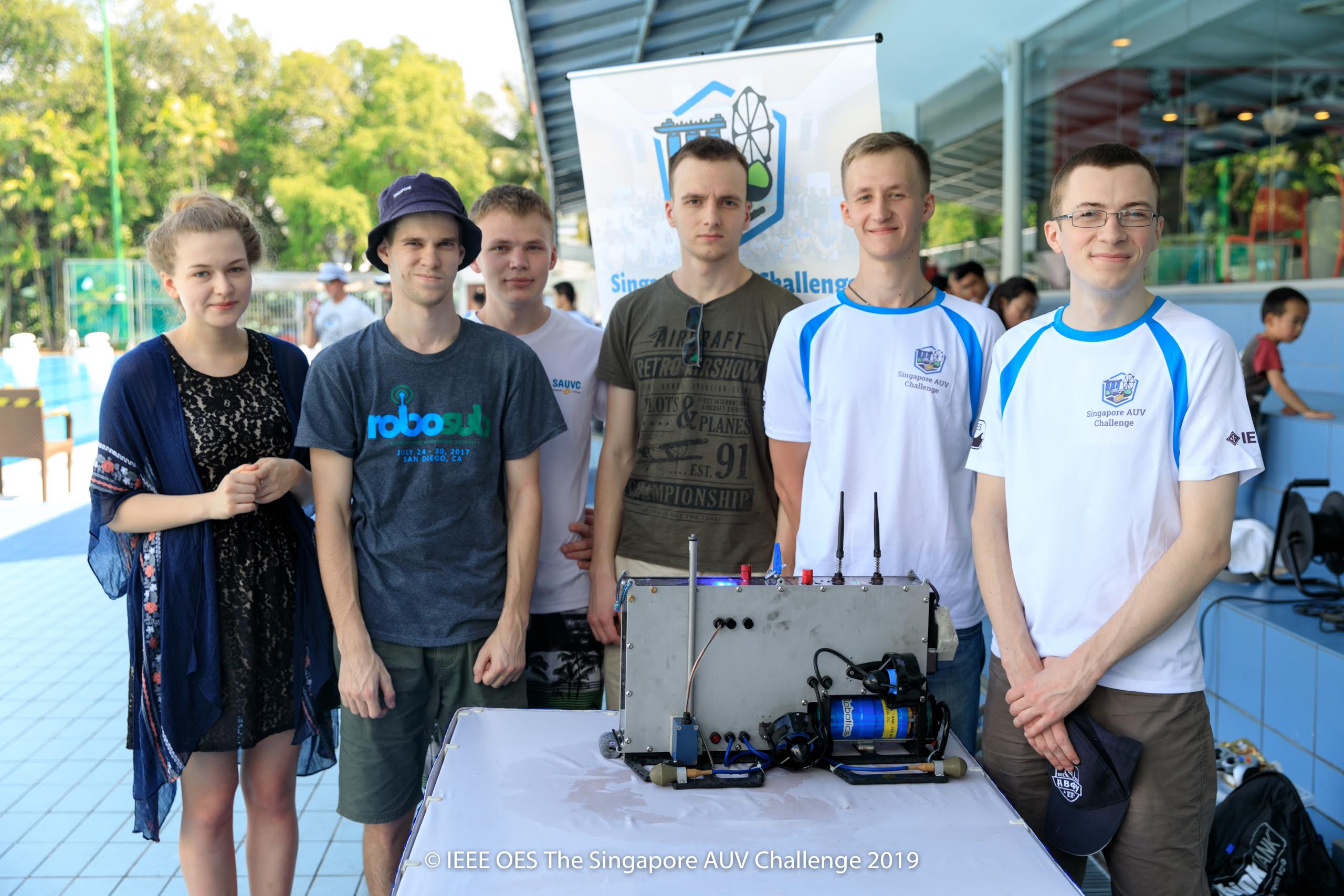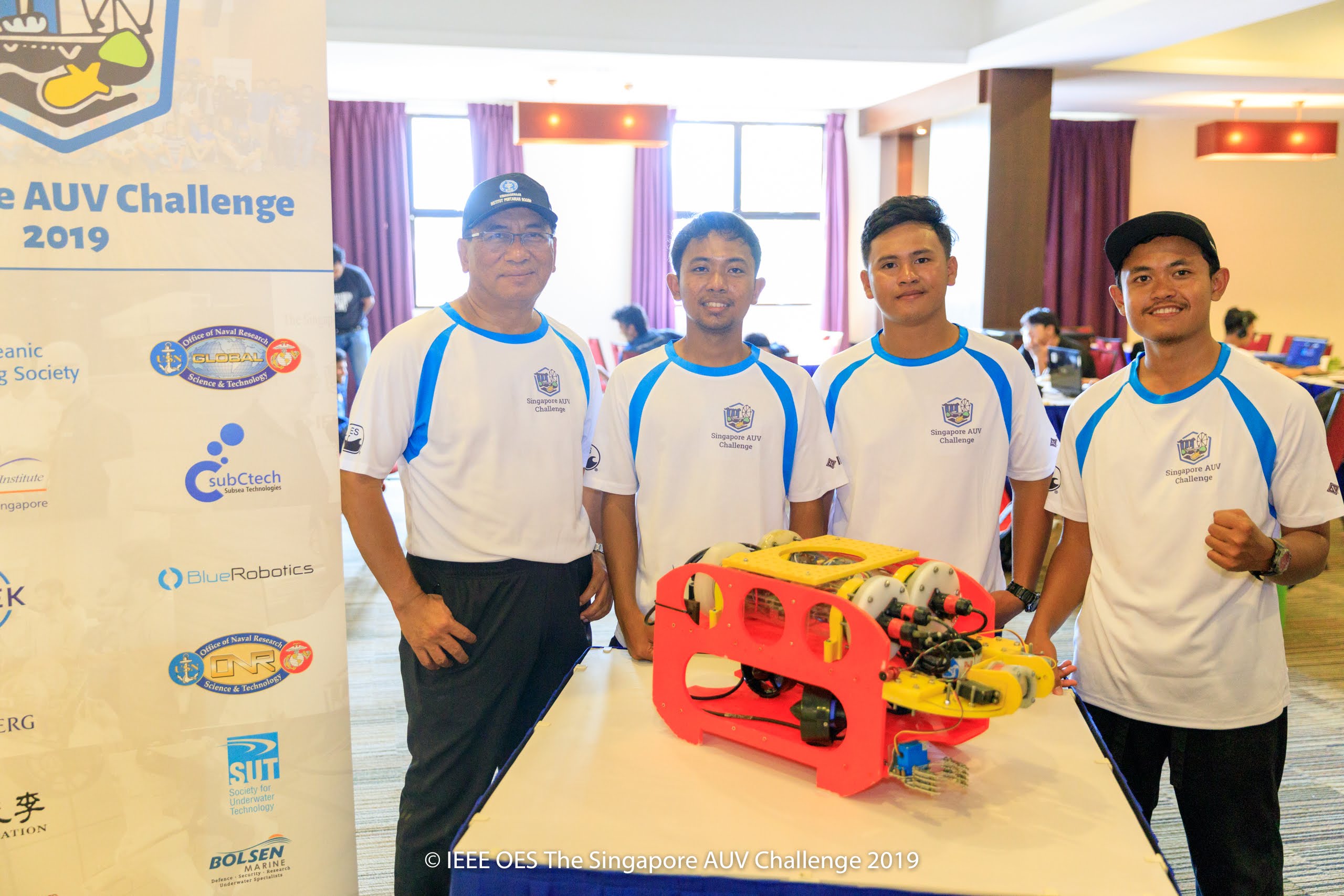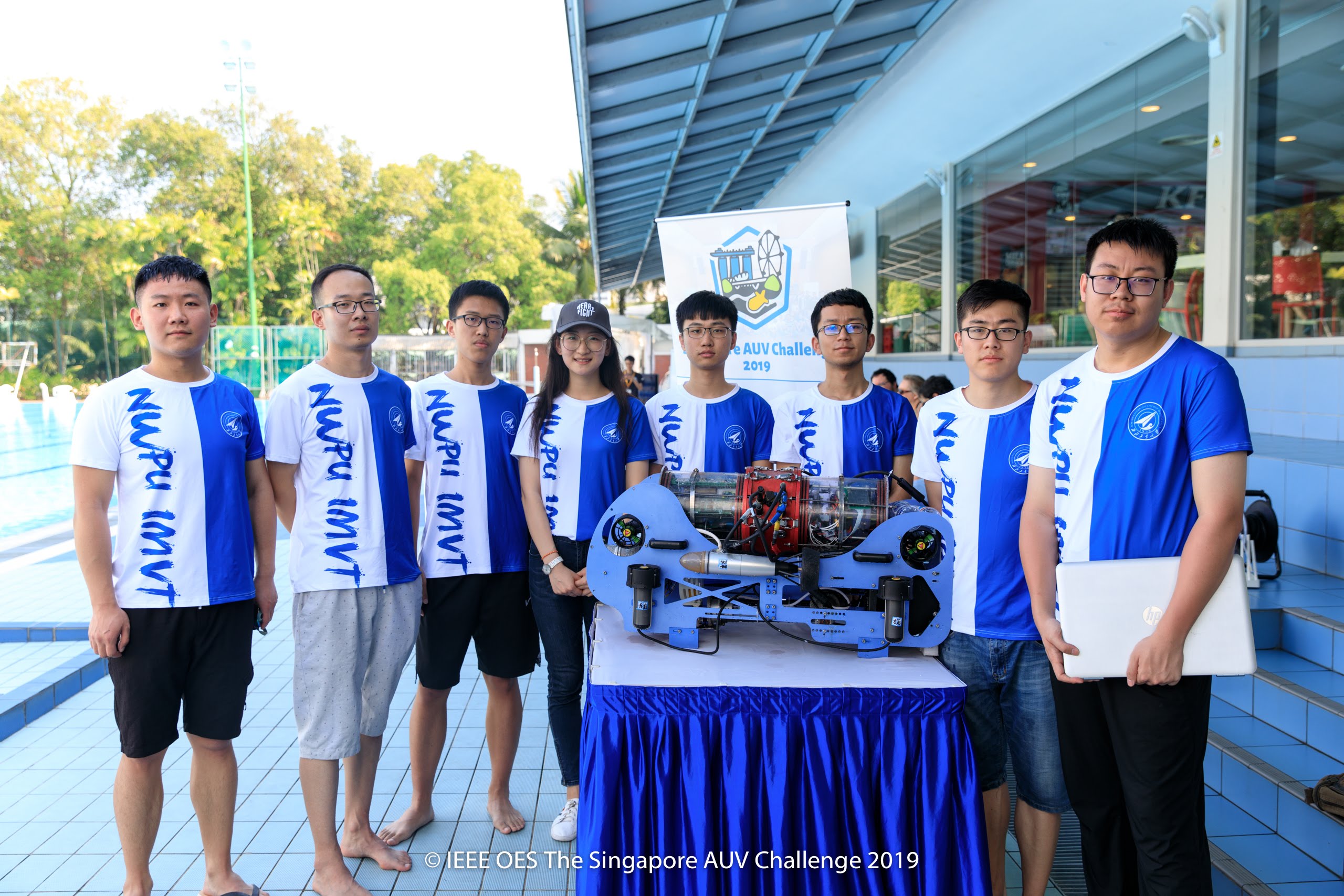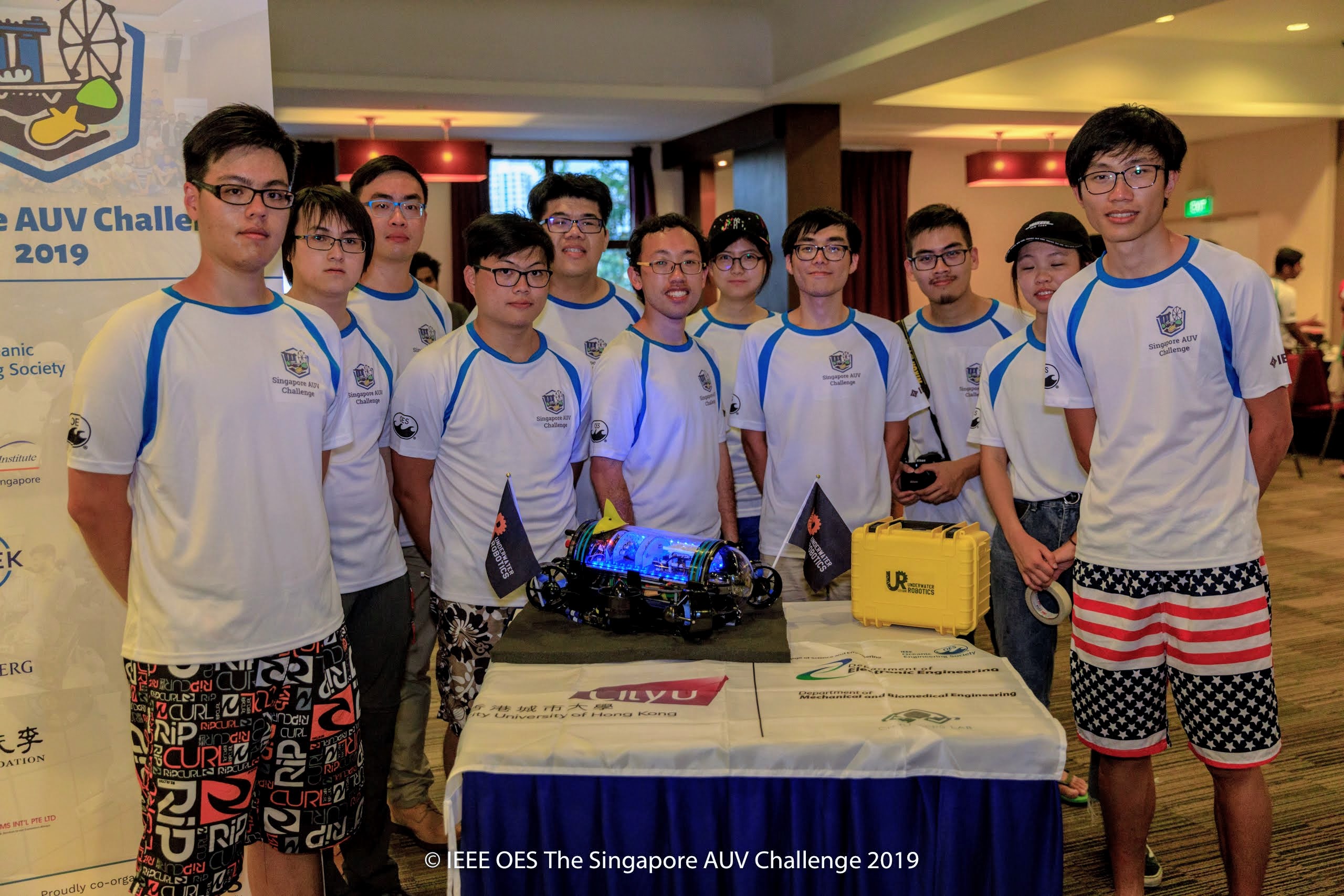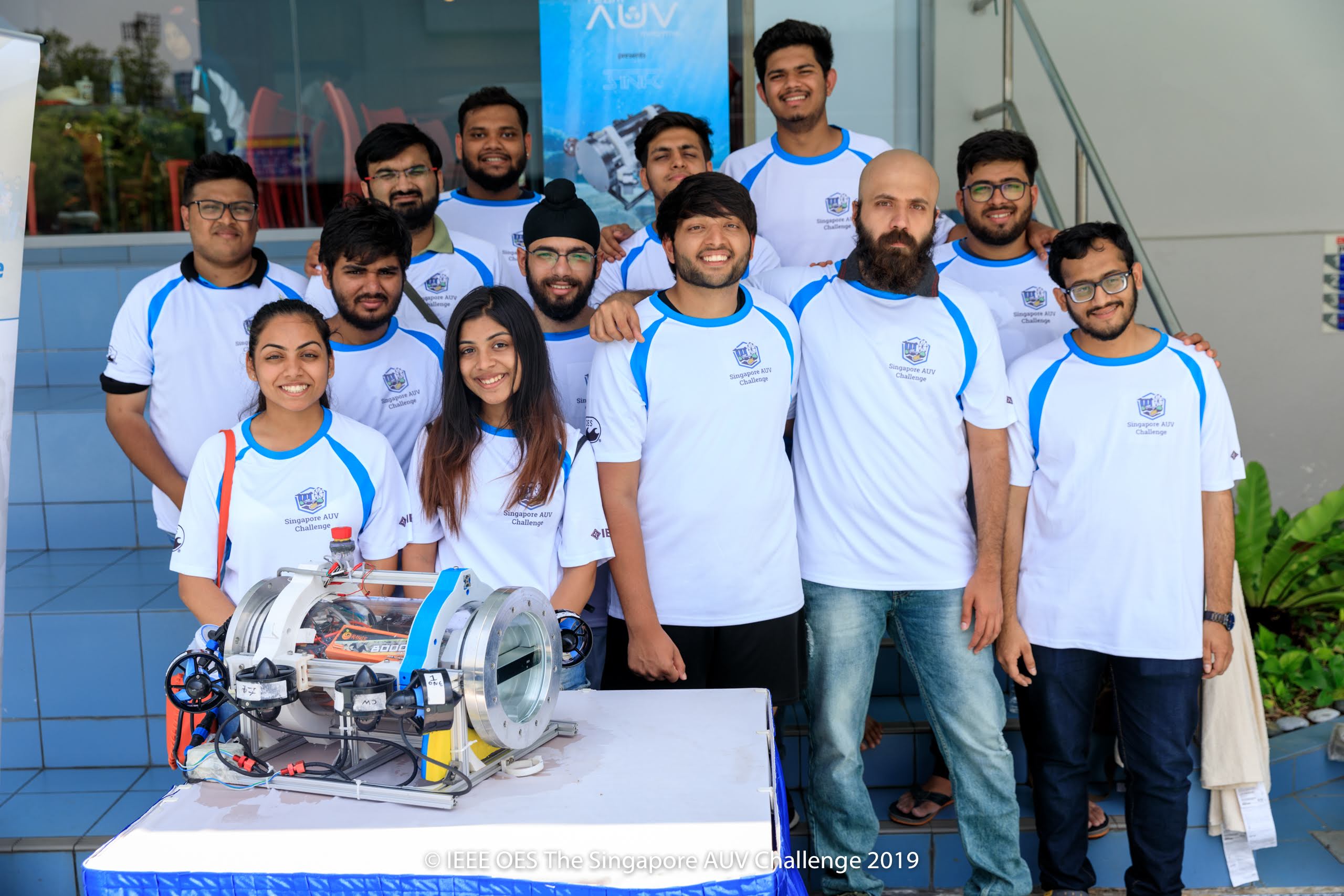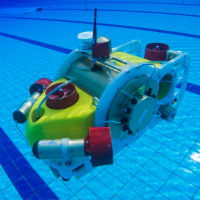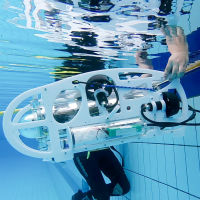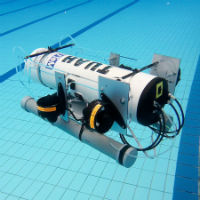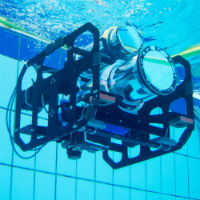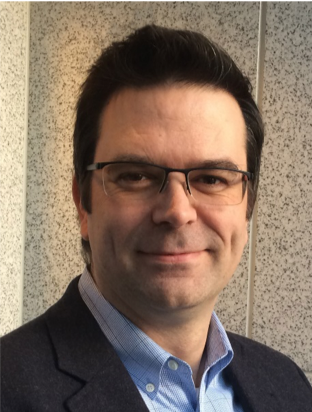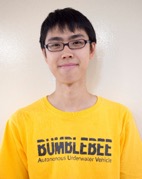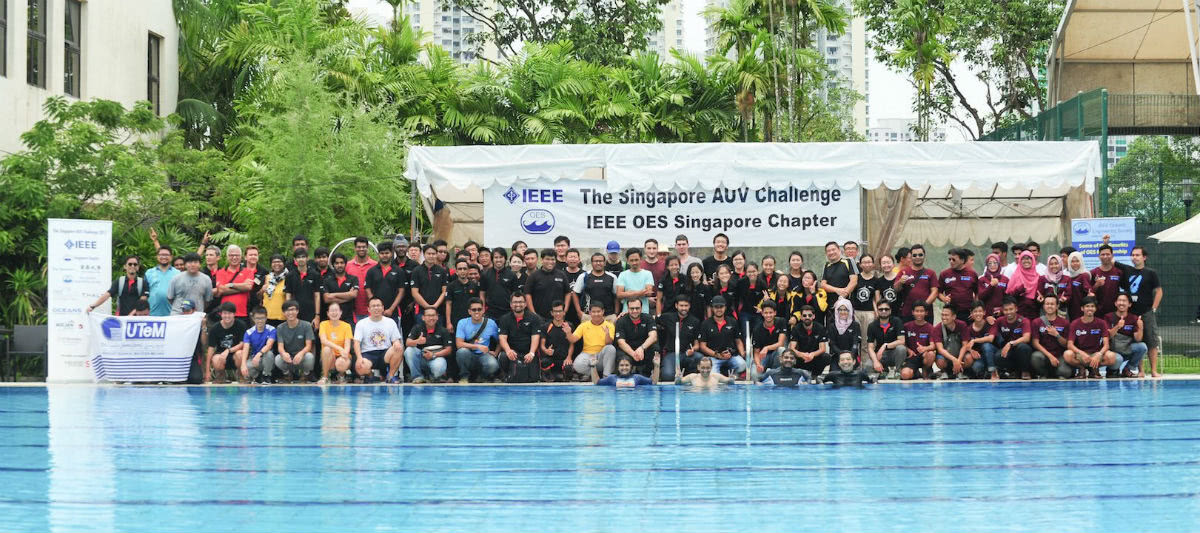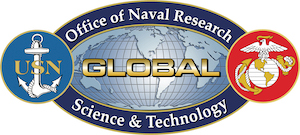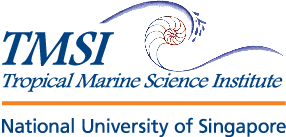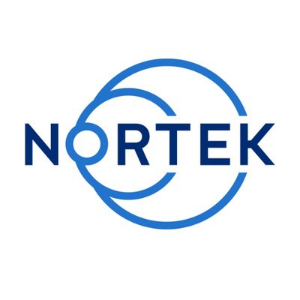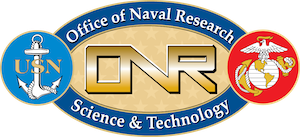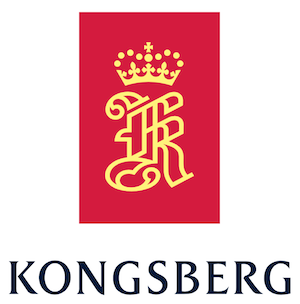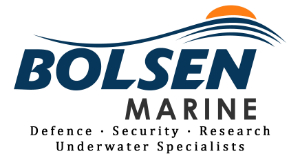Improving Productivity in Deep Water AUV Surveys.
Productivity can be measured in many ways: effective survey time, area coverage rates, data volume and so on. With productivity in mind Kongsberg has introduced the HUGIN Superior, a 6000-meter rated AUV which is configured with best of everything that can fit into an AUV. This talk will showcase the various technologies that have gone into the HUGIN Superior including synthetic aperture sonar, multibeam echo-sounder, sub-bottom profiler, camera, laser, magnetometer and methane sensors.
Speaker's Bio
Richard Mills is the Director of Marine Robotics Sales with Kongsberg Maritime. He is responsible for the HUGIN and MUNIN Autonomous Underwater Vehicles and K-MATE, the latest generation Unmanned Surface Vessel controller. Leading a team of sales personnel located in Norway, the UK and USA, Richard is based out of the Kongsberg Maritime office in Westhill, Aberdeen.







